Marathon grass vs St Augustine is two very competitors that you may come across when selecting grass for your lawn. But little in-depth research can enable you to conclude both their strengths and weaknesses.
The question simply arises! Why one over the other?
- Marathon excels at tolerating cold temperatures while Augustine does not.
- Marathon is tough grass and can resist the majority of illnesses. Augustine might have a tough time competing equally.
- Marathon is pest resistant while St Augustine is attacked by numerous pests.
Contents
A Quick Comparison of Marathon Grass vs St Augustine
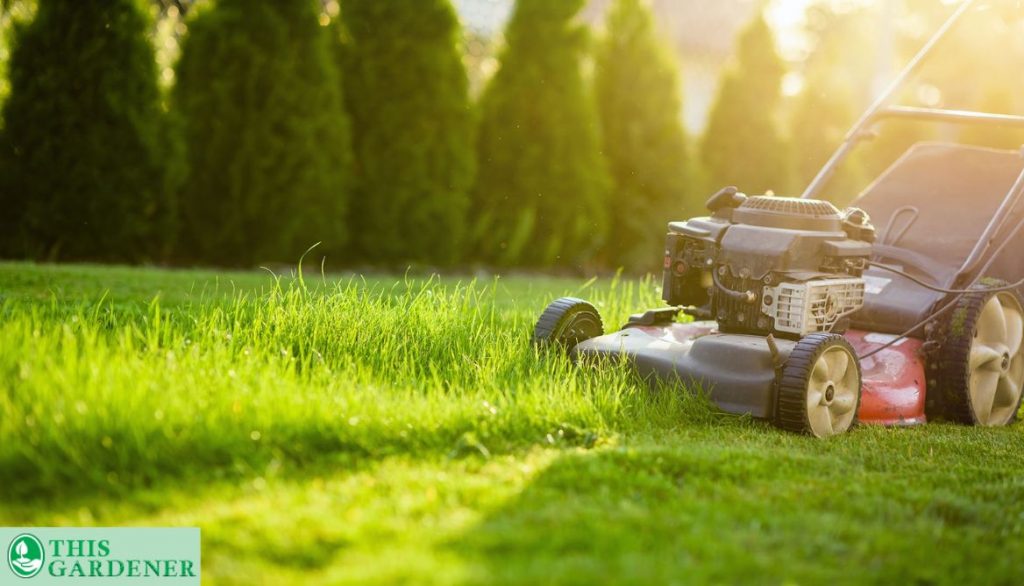
We can simply categorize both the grasses and their main implications!
- St Augustine is famous as a pasture grass. While Marathon is best for high-traffic areas.
- If you are not sure about the soil then St Augustine is your best choice as it can adjust to various types of soil. While Marathon grows well in sandy soil.
- St Augustine maybe not be very appealing to many people. Marathon is a very attractive grass type but it grows slowly.
Key Differences Between Marathon grass vs St Augustine
If you want to discriminate between both the grasses then the table below can present excellent insight!
Parameters | Marathon Grass | St Augustine Grass |
Grows Areas | Grows well in warm areas | Grows well in warm areas but can tolerate cold |
Appearence | It is an unattractive-looking grass | It is aesthetically appealing grass |
Pests | It is highly vulnerable to pests | It is pest resistant |
Illness | Brown patches and grey leaves can occur | It is considered illness resistant |
Soil | Grows well in a variety of soils | Grows well in sandy soil |
Root System | It grows through stolons | It grows through a shallow root system |
Color | It is dark green or bluish-green in color | It is bright green and remains the same for the whole year |
Zones | Grows exceptionally in any Southern California region | USDA zones 7-10 are suitable for growth |
Water Needs | Needs a lot of water to grow | More drought tolerance |
What is Marathon grass?
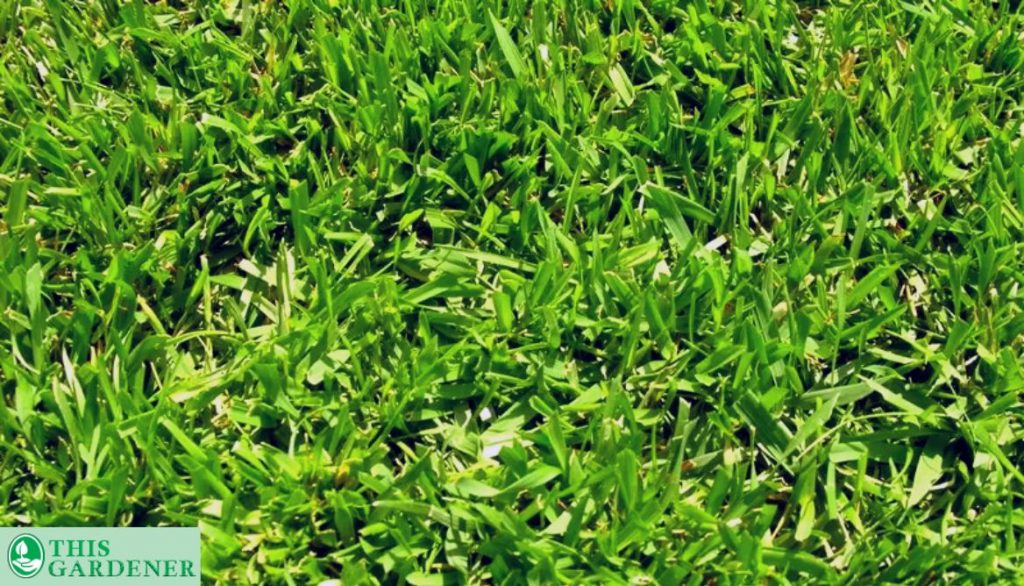
Marathon is basically a crafted grass that is a mix of two types of tall fescues namely Hubbard 87 and Baja. The grass was developed by the Southland Sod Company and the purpose of this grass was to craft a grass that survives the Southern Californian climate.
Identifying Marathon grass
Some notable identifications of Marathon grass make it easy to recognize.
- It is bright green in color.
- The grass has a gentle feel to it.
- The leaves have a very fine yet natural look.
- It is a slow-growing grass.
- The grass has an exceptionally thick turf look.
What is St Augustine?
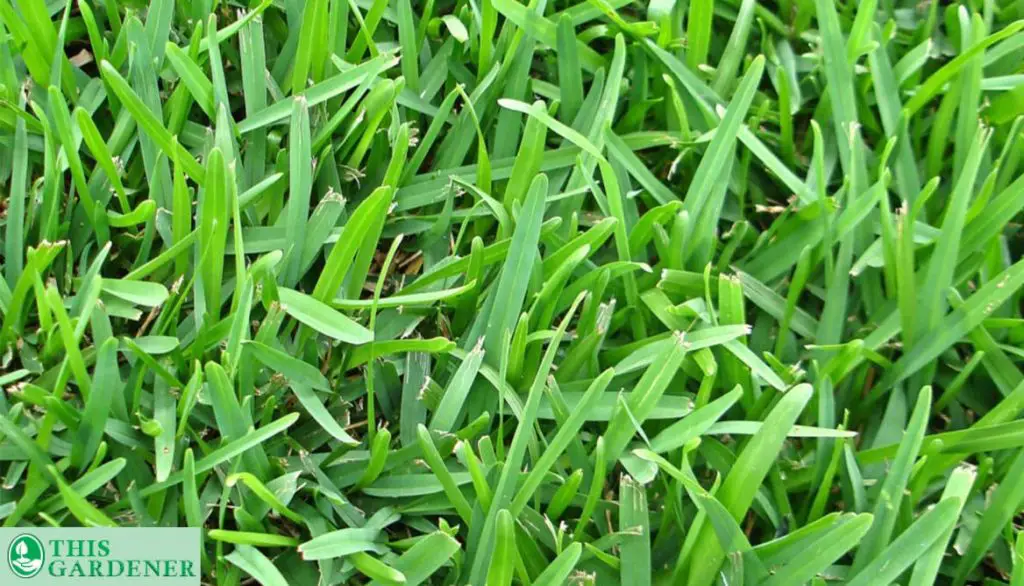
St Augustine grass is very famous among all the warm season grasses. It is especially famous in areas of Florida, Texas, and any other locations that share the same weather conditions. It spreads through special over-surface roots known as stolons. The thick turf of St Augustine helps to compete against weeds.
Identifying features of St Augustine
Identifying St Augustine grass is easy. Here is how you easily spot this type of grass:
- It has broad leaves.
- The stem is purple-colored.
- It has special root structures that are called stolons that grow above the ground.
- The leaves have a space of 3 inches between them.
- The color of the roots is white like in shade and it has a blue-green tint to it.
Comparing Marathon vs St Augustine
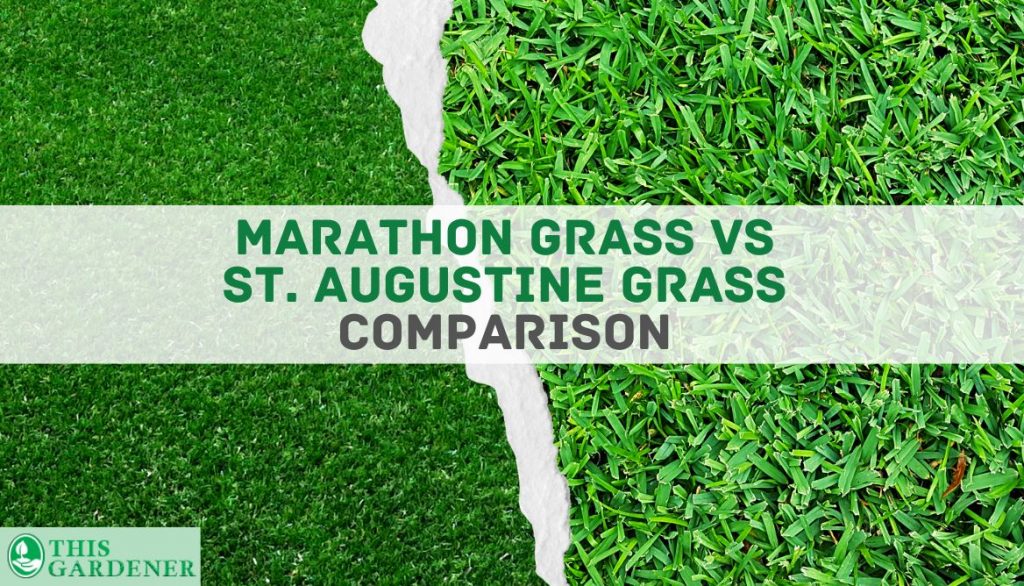
Let us do a quick comparison of Marathon grass vs st Augustine below:
Marathon Grass:
- It is ideal for the soils and climate conditions of Southern California.
- It is resistant to high temperatures.
- It grows extremely well during the winter season.
St Augustine Grass:
- This grass type is suitable for Florida lawns.
- It has the ability to endure a variety of pH soils and adjusts pretty well to them.
- It can survive excellently in the summer heat.
The appearance of the grass
You can easily recognize both types of grass in a single glance. Marathon grass vs st Augustine is an easy challenge you can fulfill while comparing the both in terms of appearance.
Marathon grass has a bright green color and it can maintain that look during the whole year. While most grasses go dormant or die during the winter when not taken care of, Marathon doesn’t! Instead, it grows excellently during the winter season.
St Augustine on the other hand is a grass with a rather unique color to it. The grass has a blue-green coloration to it that is very unique among all the turfs. If the color of the leaves doesn’t help you identify it then you may notice the whitish-colored stolons that grow above the ground.
Weeds, growth, and sod formation
You may expect Marathon and St Augustine to perform pretty well against weeds. But in some cases, St Augustine might not win the war against the weeds. Meanwhile, Marathon is practically pest and weed-resistant.
If you plan to obtain sod from them then you may expect lush green and beautiful new sod from both of the grass types.
Best Uses for Marathon vs St Augustine
If you are a homeowner and want grass for your lawn then both options are open for you when choosing either Marathon or St Augustine. But Marathon is more suitable as lawn grass due to its heavy traffic tolerance. the grass has exceptional recovery from foot traffic and it is a tough grass.
St Augustine is more popular as a pasture grass that can be ideal for cattle farmers that need grass for their animals. Although, you can also grow it as lawn grass.
Soil Types and pH Needs
The tall fescue species is well-adapted to all types of soil and it can easily tolerate pH levels ranging from 5.0 to 7.0 with ease. You can rest at ease if you are planning to grow this grass on your lawn.
St Augustine is a grass that thrives well in a number of scenarios. But as compared to the tall fescue grass it is much more sensitive. This Buffalo grass needs a pH level soil of 5.0 to 8.5. And the ideal soil for it is slightly acidic.
If you want the Buffalo grass to grow excellently in soil without any hassle then make sure to select a soil type that is rich with phosphorus.
Water Needs
It all depends on how you are growing St Augustine grass, especially the soil. If you are using sandy soil then watering it 1/2 inch twice a week is the minimum requirement. While in clay soil, you need to keep a watch and water it till a thin film of water appears on the surface.
Marathon grass is a species of tall fescue therefore it carries the qualities of its original ancestors. It can survive with little water and is good regarding drought tolerance. You may water the grass once per week with a height ranging from 1-3 inches depending on the type of Marathon grass.
Fertilizer requirements
If you have grown Marathon grass seed on your lawn then you better expect to make sure that there is a 15% ratio of nitrogen and phosphorus in it. As a warm season grass, the Marathon grass seed will need high amounts of both these elements in the fertilizer to grow excellently.
Marathon grass seed is one of the only grasses that grow well in warm seasons as well in cold temperatures. Thus, allowing it to have features of a cool season grass too.
St Augustine grass seed is a very interesting warm season grass that grows well in soils that have high amounts of phosphorus. Being
Sun, Shade, and Temperature Requirements
Marathon from Southern California is a well-rounded grass that can withstand sun exposure for about 4-6 hours surprisingly it also has qualities of a cool season grass.
Although, it can also survive well on shady lawns. The ideal temperature for this grass seed is 70-90 F. It is best suited for areas of Southern California.
If we talk about Augustine grass seed then you can be sure that it can also withstand the full-on sun for 4-6 hours. It is very good at tolerating both sun and shade. And you can expect this grass seed to grow exceptionally well in temperature ranges of 56 to 70 F.
Durability
Augustine grass when compared to other grasses such as tall fescue, Bermuda lawns, and similar categories can be labeled as less durable. It is not suitable for high foot traffic areas. If you notice patches then using St Augustine plugs to fill the gap is an excellent strategy.
On the other hand, Marathon is a very versatile grass that can compete with most grasses on a more competitive standing. It is highly suitable for high-traffic areas such as golf courses, sports complexes, and football fields.
Common Pests and Diseases
St Augustine is highly vulnerable to disease and pests. This is one of the major disadvantages if you are choosing Augustine grass for your lawn. Be very careful when choosing a grass to grow fr all year round.
Some of the most common diseases that occur in Augustine grass is brown patch and grey leaf spot. These are known as fungal or turf diseases. When growing Augustine sod, make sure to be very observant of these issues.
Common pests that dwell in St Augustine grass are chinch bugs, grub worms, billbugs, mole crickets, and the list goes on.
People of Southern California are very fortunate to have this grass type that is so versatile that it can withstand most diseases.
And it is famously labeled as a disease-proof grass. This hybrid grass with characteristics of both warm and cool season grasses is excellent if you have golf courses. You can practically be hassle-free as it will tolerate foot traffic and diseases with ease.
Mowing Needs
Mowing the Southern California grass type can be a very tricky part. The Marathon sod needs to be mowed at a height of 2-3 inches. While Marathon ii will carefully be needed to be mowed to a height of 1 to 1.5 inches. And lastly, Marathon iii needs to be mowed to 1 to 1.75 inches.
All Marathon types have very different mowing needs. Especially Marathon ii and Marathon iii which need careful calculations to mow.
St Augustine grass on the other hand is easier to maintain. It needs to be mowed to a height of 3 to 4 inches. And this grass type may require to be mowed pretty frequently.
Cost of Maintenance
Marathon is a Southern California plant type that may have many perks but it needs a high level of care if you want to maintain it. Taking care of water needs and fertilizer is one of the main expenses you will have. Aside from this, it is an easy-going Southern California plant for your lawns.
St Augustine is a low-maintenance grass that requires extra care during the sod stage. But once the roots are properly formed you may have to water it 1/4 to 1/2 inch once per day.
Marathon vs. St Augustine grass: Which Option is Right for You?
Marathon and Augustine grass is a tough decision to make but if you look at the advantages of each grass type then Marathon is clearly the winner with a wide margin.
Choosing the Best Option for Climate as a Warm Season Grass
If you want to choose a grass type that grows anywhere without a hassle, does not face summer dormancy too often, tolerates extreme temperatures, and withstands cold season with ease then Marathon is the clear winner!
This grass is considered one of the best grass in terms of being drought tolerant and able to survive in the cool season. This grass is highly preferred by most lawn enthusiasts.
St Augustine is the best grass in other aspects but it loses the competition in comparison to Marathon grass.
Growing zones
St Augustine grows ideally in USDA growing zones 7-12 while Marathon grass will grow with ease in coastal regions especially any area of Southern California. Although, cool season is not an issue for it.
Augustine grass can tolerate variable temperatures but you may expect it to grow well in the warm seasons and coastal areas as well.
Summary: Marathon wins this debate and is suitable with reference to growing zones!
Choosing the Best Option Based on Maintenance
If you are choosing a grass type on the basis of maintenance then you need to keep many things in mind. Aspects such as water needs, fertilizer, pests, diseases, soil, and pH are some of the things that need expenses to maintain.
Summary: In the end, Marathon wins this marathon race of argument!
Choosing the Best Option Based on Susceptibility to Pests and Disease
St Augustine has more chances to be attacked by diseases or pests. And it can cost you more. While Marathon is practically resistant to illness and has fewer pests that like to chew on it.
Summary: Marathon is again the winner in this category!
What are the similarities between Marathon vs St Augustine grass?
A large variety of grasses can be selected for a lawn and some of these grasses share the same characteristics in general. The same is the case with Augustine and Marathon.
There are a number of similarities that can be seen in both Augustine grass and Marathon. Let’s shed some light on it!
Warm Season Grasses
Warm climates are the best for Augustine and Marathon grass. They also adjust well in coastal regions. Especially, salty conditions do not pose a threat to their growth.
Southern Coastal regions are excellent areas for the growth of these grass species. They are well suited for warm areas rather than cold climates.
Dormancy During Summer
The most identical similarity between them both is that they both become dormant during the summer season.
Temperatures exceeding 70 F will result in summer dormancy and will stay constant during the whole season if the condition remains the same.
Shade Tolerance
Some grass species are not very tolerant to shade. Most lawn grasses will experience partial to light shade.
And grasses that cannot tolerate the shade will eventually die out in these shady conditions.
FAQ
What is a good grass to mix with St. Augustine?
Bermuda grass mixes well with St Augustine. Bermuda grass has the ability to quickly fill in the gaps and spread quickly on your lawn.
Will St. Augustine grass overtake weeds?
In normal circumstances, it can outgrow the weeds and choke them. But heavy infestations can choke out the grass instead.
Does Marathon grass stay green all year?
One of the most amazing advantages of growing Marathon grass is that it remains green all year. Although, the intensity of green may vary it stays green all year round.
Which Marathon sod is best?
Marathon 1 sod wins the competition in terms of popularity, durability, and aesthetic looks.
What is the difference between Marathon 1 and 2?
Marathon 1 grows faster than Marathon 2. While Marathon 1 shows average performance in terms of traffic and has a coarse texture all year long. Marathon 2 will have a more beautiful and appealing-looking texture all year round.
Does marathon grass go dormant?
Yes, it may go dormant during summer seasons under certain temperature conditions.
How often should you water marathon grass?
You can water marathon grass once per day and it can easily grow.
How do you overseed a marathon lawn?
Marathon grass may struggle hard during hot weather but it does not have a dormant season.
Is Marathon grass the same as fescue?
It is a little confusing since Marathon is a species of Fescue and can technically be called Marathon Fescue.
Conclusion
If you are looking for a grass type that proves to be interesting for your lawn or a high-traffic area the Marathon is the best candidate for it. St Augustine is more of a supportive grass and performs well when mixed with other grass.
As a solo grass, St Augustine does not stand a fair chance against the Dwarf Tall Fescue species aka Marathon. While selecting the best grasses you will not have any difficulty choosing between both these choices.
Now that you have gone through the article, I present you with an interesting question:
Which grass would you select after such a thorough comparison? St Augustine or Marathon?
If you were delighted and satisfied with the information presented in the article. Then surely share it with other grass lovers and let us know your choice!
References
- https://easygardenslife.com/marathon-grass-vs-st-augustine-grass/
- https://thebackyardpros.com/what-is-st-augustine-grass-when-how-to-grow-it/
- https://sodlawn.com/marathon-grass-vs-st-augustine/
- https://www.gardeningknowhow.com/lawn-care/specific/st-augustine-grass/st-augustine-grass.htm
- https://www.thespruce.com/st-augustine-grass-care-guide-5199869
- https://www.gardenguides.com/13427339-types-of-marathon-grass.html
- How to Get Potatoes to Sprout Eyes: Detailed Growing Guide with 3 Options - July 31, 2023
- Weight of a Medium Potato: Revealed in Detailed Guide - July 29, 2023
- Maris Piper Potatoes: 9 Substitutes You Should Know About - July 27, 2023
Hello! I’m Jessica Zander, a garden coach and consultant based in the Boston area (zone 6b), offering virtual consultations across the country and Canada.
I’ve been passionate about gardening since the early 1990s, and in 2022, I launched You Can Do It Gardening to empower individuals to feel more confident in their gardening endeavors.
Following a 30-year career in nonprofit finance and operations, I transitioned out of that field in mid-June of 2023 due to the growing demand for coaching services. Interestingly, my years of presenting financial statements to boards and finance committees proved to be valuable experience for teaching people about gardening! I enjoy sharing skills, providing guidance and suggestions, and collaborating efficiently with clients to make significant improvements to their outdoor spaces, both small and large. I also regularly teach at the Arlington Continuing Education and Cambridge Adult Education.
My approach is direct and practical, akin to Mary Poppins, but tailored to your garden. Clients find satisfaction in saving money and taking pride in their own gardening achievements.

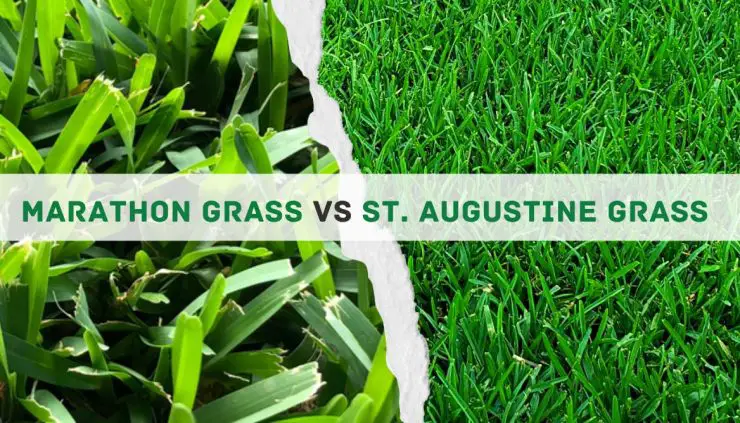
Add comment